- Home
-
My Models
-
AV History
- Airline History Blog
-
Airline Development
>
-
Liveries
>
- Aeroméxico Liveries
- Air China Special Liveries
- American Airlines Liveries
- British Airways Liveries
- Continental Airlines Liveries
- Delta Air Lines Liveries
- Eastern Air Lines Liveries
- Landor Liveries
- National Airlines Liveries
- Northeast Airlines Liveries
- Northwest Airlines Liveries
- Pan Am Liveries
- Trans World Airlines Liveries
- United Airlines Liveries
- Western Airlines Liveries
- Airbus A380s >
- Boeing 747 >
- Real Airport Histories >
- Plane Spotting >
- Aviation Stickers >
-
1:400 SCALE
- Collecting 1:400 Scale >
- The History of 1:400 Scale >
-
1:400 Brands
>
- Aeroclassics >
- Airshop Diecast
- AURORA Models
- Aviation400 (2007-2012)
- Big Bird 400 Your Craftsman
- Black Box Models
- Blue Box & Magic Models
- C Models
- Dragon Wings
- El Aviador 400
- Gemini Jets >
- JAL Collection / Jet Hut >
- Jet-X >
- MP4 Models
- NG Models >
- Panda Models >
- Phoenix Models >
- Seattle Models Co (SMA)
- Skyjets400
- Sovereign Models
- TucanoLine
- Witty Wings / Apollo
- Yu ModeLs
- 1:400 Custom Models >
- Production Numbers
- Zinc Rot
-
1:400 Moulds
- The Best Moulds >
- Airbus >
-
Boeing
>
- Boeing B-377 Stratocruiser
- Short Boeing 707s & 720s
- Boeing 707-320/420
- Boeing 717
- Boeing 727-100
- Boeing 727-200
- Boeing 737-100/200
- Boeing 737-300 >
- Boeing 737-400
- Boeing 737-500
- Boeing 737-600
- Boeing 737-700/800/900 >
- Boeing 737 MAX
- Boeing 747-100/200 >
- Boeing 747-400 >
- Boeing 747SP
- Boeing 747-8 Interactive
- Boeing 747LCF Dreamlifter
- Boeing 757-200 >
- Boeing 757-300
- Boeing 767-200
- Boeing 767-300
- Boeing 777-200
- Boeing 777-300
- Boeing 787
- British >
- Douglas >
- Lockheed >
- Other >
- Chinese >
- Soviet >
- Smallest Moulds in 1:400
-
1:400 Reviews
-
Model News
- Model Blog
-
New Mould Samples
>
- Aviation400 >
- JC Wings >
-
NG Models 400 Scale
>
- Airbus A318
- Airbus A319/320 CEO
- Airbus A319/320 NEO
- Airbus A321CEO & NEO
- Airbus A330-200/300
- Airbus A330 Beluga XL
- Airbus A330-800/900
- Airbus A340-200/300
- Airbus A350-900
- Airbus A350-1000
- Boeing 737-600/700/900
- Boeing 737-600 Refresh
- Boeing 737-800
- Boeing 737 MAX-8/MAX-9
- Boeing 737 MAX-7/MAX-10
- Boeing 747-100
- Boeing 747-200
- Boeing 747-400
- Boeing B747SP
- Boeing 747-8I
- Boeing 747-8F
- NG 747s Together
- Boeing 757-300
- Boeing 767-200/300 >
- Boeing 767-400 >
- Boeing 777-200
- Boeing 777-300/300ER
- Boeing 787-8
- Lockheed L-1011 Tristar
- Lockeed Tristar 500
- McDonnell Douglas MD-80
- McDonnell Douglas MD-87
- Tupolev Tu-154
- Tupolev Tu-204/Tu-214/Tu-234
- NG Models 200 Scale >
- Phoenix Models >
- Yu ModeL >
-
1:600 SCALE
- DIORAMAS
|
If the Convair 240 ensured TAA was able to survive its formative years the Vickers Viscount proved more than capable of finally allowing it to consistently return a profit and outcompete its longtime opponent ANA. Indeed ANA's failure to also buy Viscounts would prove to be terminal and lead indirectly to TAA facing a stronger competitive force in that of Reginald Ansett's Ansett Airways. For part 1 of this story see: During the early 1950s a third player (Ansett) was entering the scene working around the regulations with multi-stop air coach routes. In fact Ansett had grown 126% from 1950-1954 whilst TAA had grown its own passengers only by 25% (ANA had actually lost passengers). TAA saw air coach as the future but its own Convairs were seen as unsuitable for conversion. To that end the airline decided upon more Viscount 700s and received 9 more (VH-TVG-TVO). By the end of 1959 they accounted for 77.4% of the airline’s passengers. VH-TVL (from part 1 and seen above) was named ‘George Evans’ and in 1957 set speed records between Adelaide-Perth and Longreach-Brisbane. Her final revenue service was on August 19, 1969 after which she was stored at Brisbane and sold in 1971. She was bought by Toowomba Aviation Museum but was not well looked after and sold to Jensens Metals in 1978. In 1989 she was sold again to Wildmans Timber Yard. In total she had flown 30,275 hours and 21,474 cycles. Below: The Viscount 700s lastest in service until the very end of the 1960s. They also wore the updated 'THE NATION'S JETLINE' scheme as seen here: In 1956 along with a sizeable order for F27s TAA also ordered a pair of the larger Viscount 810s for delivery in 1958. In the meantime all the earlier Viscount V720s were upgraded to V756s with newer Dart 510 as well as stronger undercarriage and new prop blades. Below: VH- TVM wearing the updated 1960s scheme, although I'm not sure that it ever had an orange tail. That's probably a mistake! By the end of 1956 it was clear that ANA's purchase of DC-6s had been a disaster. The aircraft suffered low passenger appeal and high break-even figures at a time when TAA's Viscounts went from strength to strength. In addition competition from Ansett and losses on DC-3 services combined with the DC-6s to bring ANA close to collapse. Then, in January 1957, ANA's chief Ivan Holyman died suddenly on holiday and the airline so long led by him was rudderless. By May 1957 ANA was struggling to meet payments. TAA successfully avoided a consolidation of all Australian airlines and attempts to force its sale into private hands. It astutely maneuvered Ansett to take over ANA and ensure the continuity of the two airline system. Ansett himself was happy to takeover ANA and force a good deal for his airline with the government. As such ANA was taken over by Ansett on August 23, 1957 and TAA gained a more impressive competitor. Above: VH-RMP was originally delivered to Butler Air Transport, which was merged into Ansett in September 1958. Ansett having missed out on the Viscounts (aside from a a pair from Butler Air Transport) ordered four Viscount 800s in 1958. The stretched Viscount was rather lost in the battle to acquire Electras or Caravelles but Ansett put its first aircraft into service on March 20, 1959 two days after their first Electra. Interestingly, Aeroclassics hasn't made any Ansett Viscounts as of yet. Above: A seen at Brisbane around 1960 with a pair of Ansett Viscounts and an Electra in the front. A TAA Viscount and DC-6 are at the rear. These illustrate the cross-lease agreement forced upon TAA. Fortunately for TAA they were able to receive their first two Viscounts 816s in April. Ansett actually even got to operate some of TAA's Viscount 700s as part of the bizarre cross-lease agreement forced upon TAA (by which it got Ansett's inferior DC-6s in their place). Both airlines were given permission as late as 1962 to acquire another Viscount 800 each. Both came via Cubana and became VH-RML, for Ansett, and VH-TVR, for TAA. This was to be both airline's last Viscounts but the type continued to serve until August 1970. All in all TAA's Viscounts would wear three separate liveries. VH-TVP (above) was named ‘John Gould’ and operated with TAA for just over a decade. Her last passenger service from Canberra-Melbourne was in fact the last Viscount passenger service flown in Australia. Ten days later she operated her last service for TAA, this time as a freighter, though plans to convert her were shelved when she was damaged on the 28th. Though repaired she was then sold to Far Eastern Air Transport in April 1971 as B-2025. They leased her to Air Vietnam from March 1973-March 1974 and sold her in August 1976 to Mandala Airlines. Here she became PK-RVS ‘Avatura’ and continued in service until withdrawn at Jakarta in April 1993. Ultimately the Viscount proved a solid workhorse for both TAA and Ansett, as it did also for a wide range of other airliners. With Ansett a latecomer to the scene and ANA having chosen the DC-6 TAA operated a lot more Viscounts than Ansett, but Ansett operated twice as many of the larger series 800s. They continued to provide useful service long after the arrival of DC-9s and 727s. For a detailed history of all the Australian Viscounts see the Viscount index page at the amazing aussieairliners.org here:
0 Comments
Leave a Reply. |
AuthorI'm Richard Stretton: a fan of classic airliners and airlines who enjoys exploring their history through my collection of die-cast airliners. If you enjoy the site please donate whatever you can to help keep it running: Archives
July 2024
Categories
All
|
- Home
-
My Models
-
AV History
- Airline History Blog
-
Airline Development
>
-
Liveries
>
- Aeroméxico Liveries
- Air China Special Liveries
- American Airlines Liveries
- British Airways Liveries
- Continental Airlines Liveries
- Delta Air Lines Liveries
- Eastern Air Lines Liveries
- Landor Liveries
- National Airlines Liveries
- Northeast Airlines Liveries
- Northwest Airlines Liveries
- Pan Am Liveries
- Trans World Airlines Liveries
- United Airlines Liveries
- Western Airlines Liveries
- Airbus A380s >
- Boeing 747 >
- Real Airport Histories >
- Plane Spotting >
- Aviation Stickers >
-
1:400 SCALE
- Collecting 1:400 Scale >
- The History of 1:400 Scale >
-
1:400 Brands
>
- Aeroclassics >
- Airshop Diecast
- AURORA Models
- Aviation400 (2007-2012)
- Big Bird 400 Your Craftsman
- Black Box Models
- Blue Box & Magic Models
- C Models
- Dragon Wings
- El Aviador 400
- Gemini Jets >
- JAL Collection / Jet Hut >
- Jet-X >
- MP4 Models
- NG Models >
- Panda Models >
- Phoenix Models >
- Seattle Models Co (SMA)
- Skyjets400
- Sovereign Models
- TucanoLine
- Witty Wings / Apollo
- Yu ModeLs
- 1:400 Custom Models >
- Production Numbers
- Zinc Rot
-
1:400 Moulds
- The Best Moulds >
- Airbus >
-
Boeing
>
- Boeing B-377 Stratocruiser
- Short Boeing 707s & 720s
- Boeing 707-320/420
- Boeing 717
- Boeing 727-100
- Boeing 727-200
- Boeing 737-100/200
- Boeing 737-300 >
- Boeing 737-400
- Boeing 737-500
- Boeing 737-600
- Boeing 737-700/800/900 >
- Boeing 737 MAX
- Boeing 747-100/200 >
- Boeing 747-400 >
- Boeing 747SP
- Boeing 747-8 Interactive
- Boeing 747LCF Dreamlifter
- Boeing 757-200 >
- Boeing 757-300
- Boeing 767-200
- Boeing 767-300
- Boeing 777-200
- Boeing 777-300
- Boeing 787
- British >
- Douglas >
- Lockheed >
- Other >
- Chinese >
- Soviet >
- Smallest Moulds in 1:400
-
1:400 Reviews
-
Model News
- Model Blog
-
New Mould Samples
>
- Aviation400 >
- JC Wings >
-
NG Models 400 Scale
>
- Airbus A318
- Airbus A319/320 CEO
- Airbus A319/320 NEO
- Airbus A321CEO & NEO
- Airbus A330-200/300
- Airbus A330 Beluga XL
- Airbus A330-800/900
- Airbus A340-200/300
- Airbus A350-900
- Airbus A350-1000
- Boeing 737-600/700/900
- Boeing 737-600 Refresh
- Boeing 737-800
- Boeing 737 MAX-8/MAX-9
- Boeing 737 MAX-7/MAX-10
- Boeing 747-100
- Boeing 747-200
- Boeing 747-400
- Boeing B747SP
- Boeing 747-8I
- Boeing 747-8F
- NG 747s Together
- Boeing 757-300
- Boeing 767-200/300 >
- Boeing 767-400 >
- Boeing 777-200
- Boeing 777-300/300ER
- Boeing 787-8
- Lockheed L-1011 Tristar
- Lockeed Tristar 500
- McDonnell Douglas MD-80
- McDonnell Douglas MD-87
- Tupolev Tu-154
- Tupolev Tu-204/Tu-214/Tu-234
- NG Models 200 Scale >
- Phoenix Models >
- Yu ModeL >
-
1:600 SCALE
- DIORAMAS

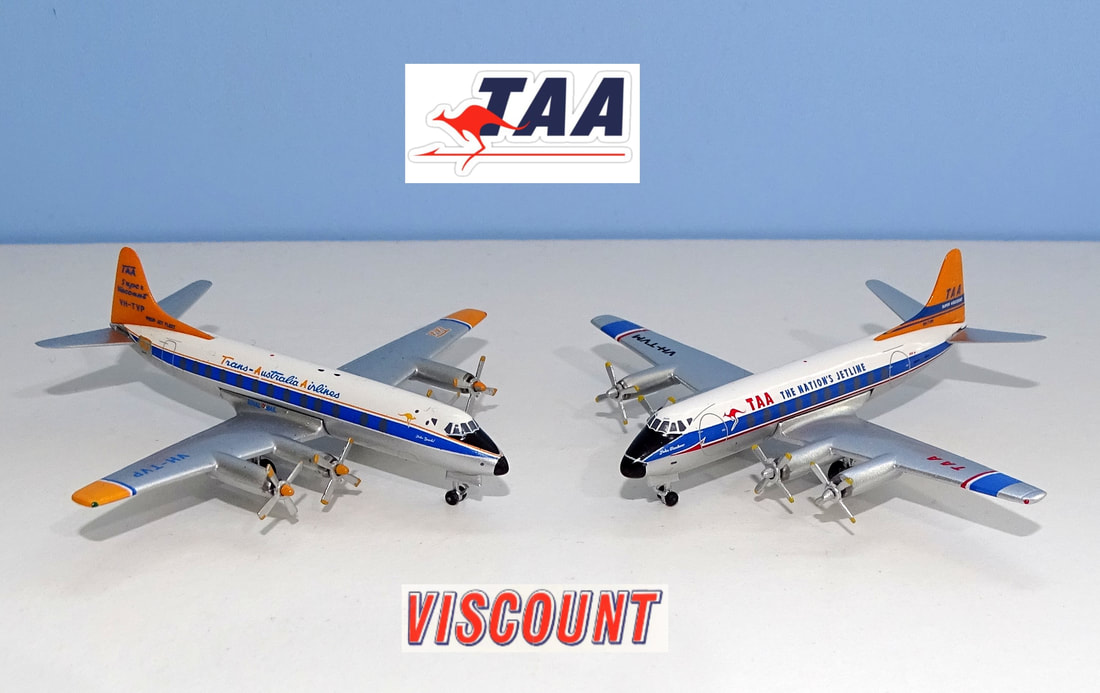
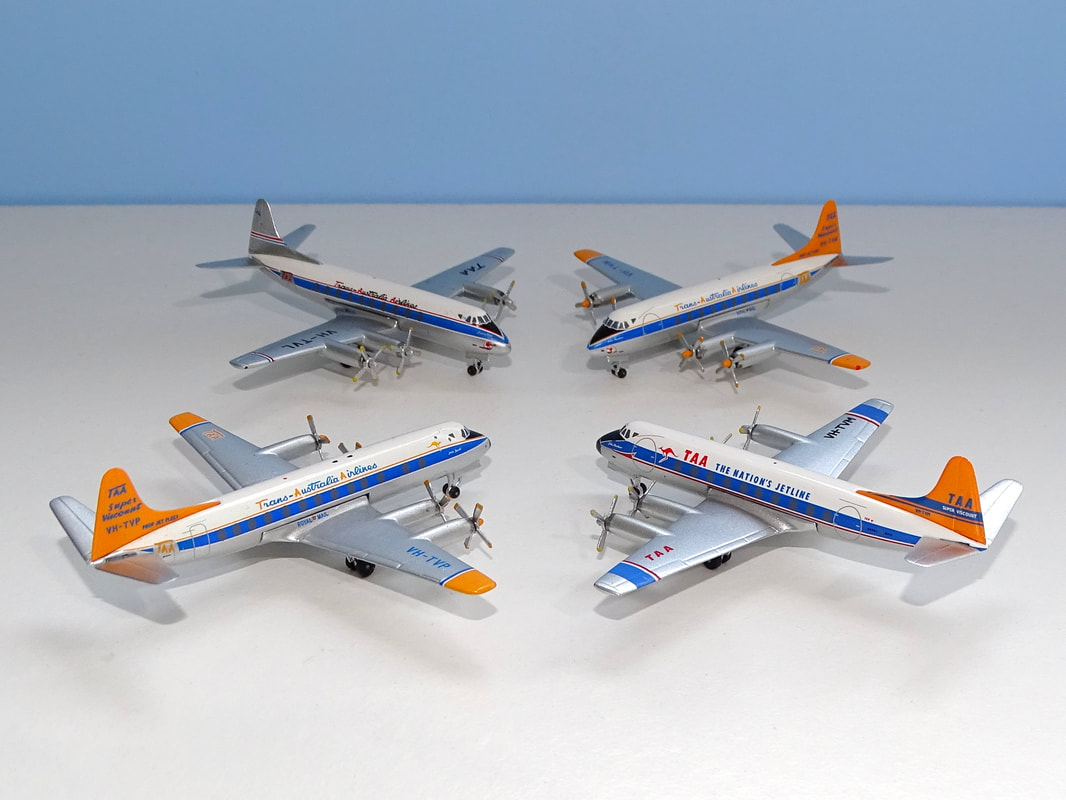
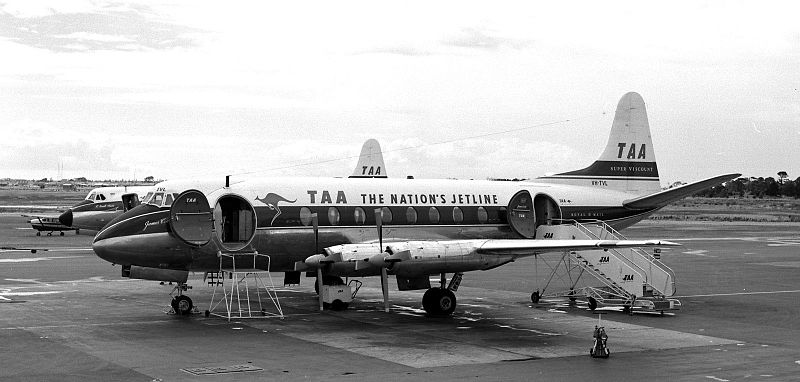
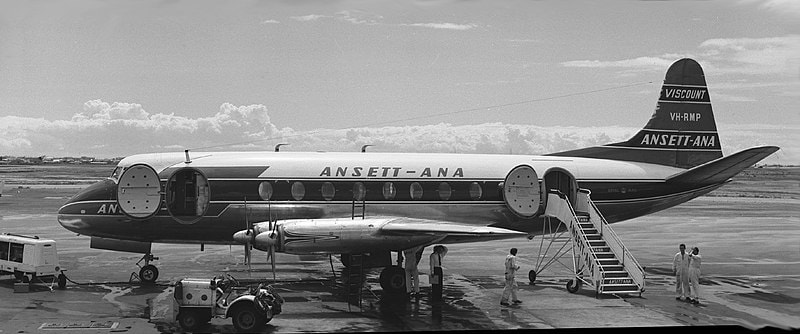
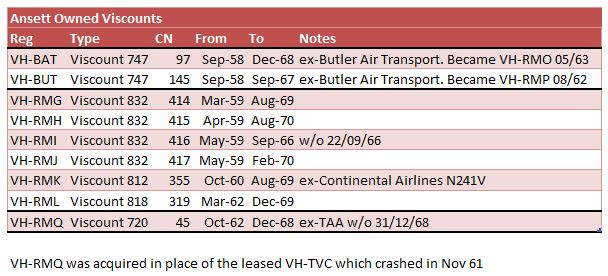
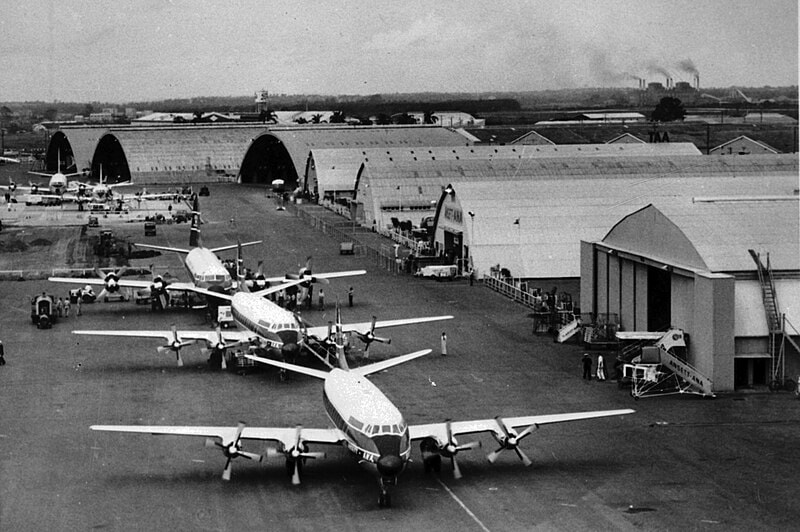
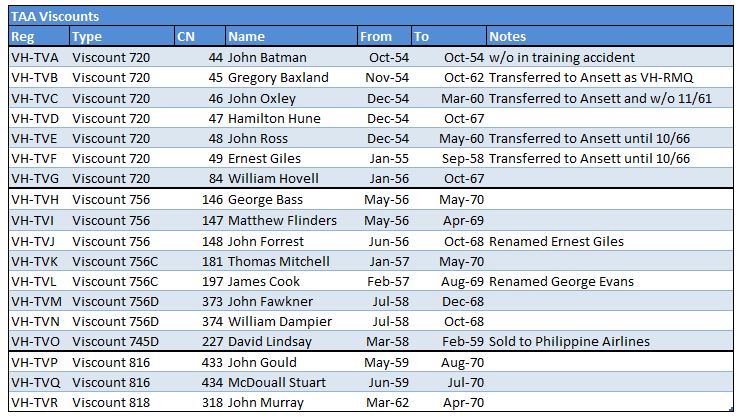
 RSS Feed
RSS Feed